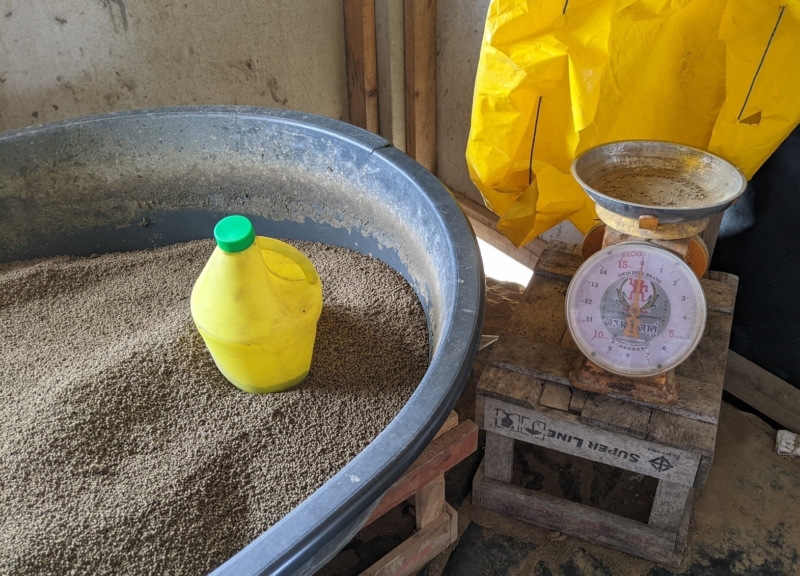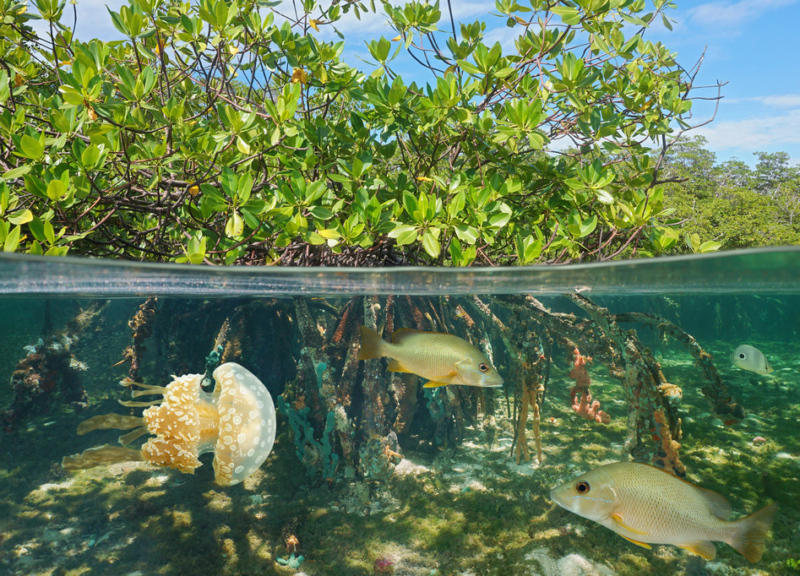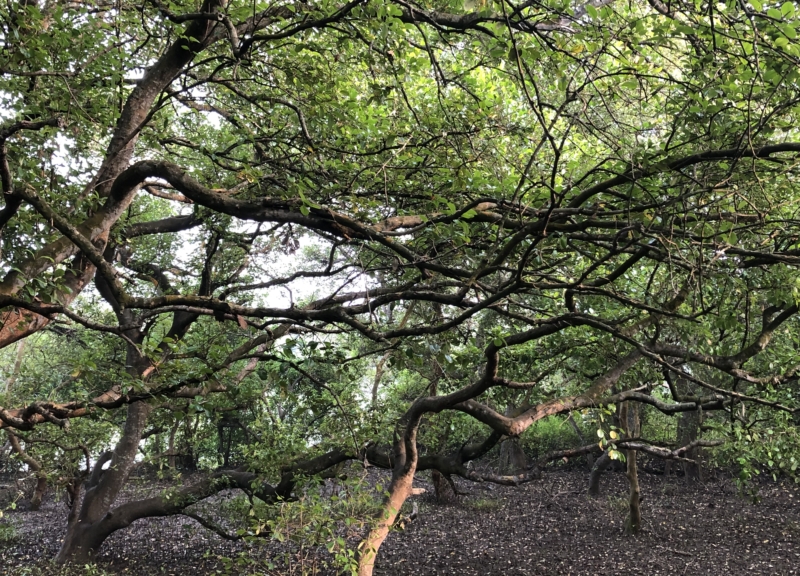Promoting Ecosystem Aquaculture
Aquaculture produces nearly half of all aquatic animals for food and is projected to double its current production by 2050.
The aquaculture sector supports millions of people around the world, including many small-scale farmers in developing countries.
Yet, it also faces significant environmental and socioeconomic challenges, including habitat loss, nutrient loading, disease outbreaks, and the impact of feed-ingredient production on marine and terrestrial environments and producers.
SFP works with international markets, the seafood supply chain, and local communities to ensure a safe, reliable supply of farmed seafood, guided by our Framework for Sustainably Managed Aquaculture, which forms the basis of and is monitored by FishSource Aquaculture.
We prioritize major aquaculture countries — China, India, Indonesia, Thailand, and Vietnam — partnering with producers, NGOs, industry, and governments to promote sustainable practices and prevent disease outbreaks.
Our efforts are backed by SFP’s Asian Farmed Shrimp Supply Chain Roundtable, an industry-led coalition of top North American and European importers.
What is ecosystem aquaculture?
Ecosystem aquaculture supports industry, nature, and people by building more productive, resilient, and sustainable aquaculture supply chains within a shared landscape – creating a responsible sourcing area. It benefits not only farmers but also communities and other users of natural resources like land and water.
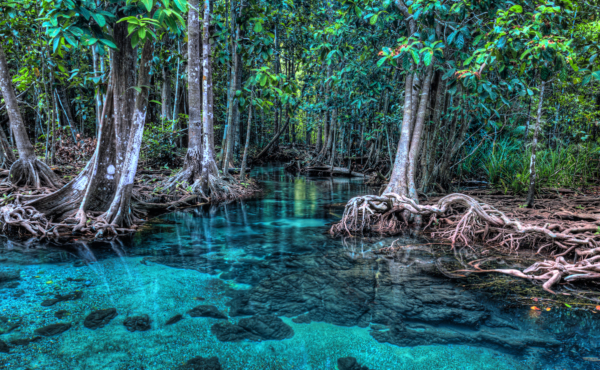
Habitat Regeneration
Habitat Regeneration
Coastal shrimp farming can support mangrove protection and restoration and the wealth of ecosystem services that mangroves provide.
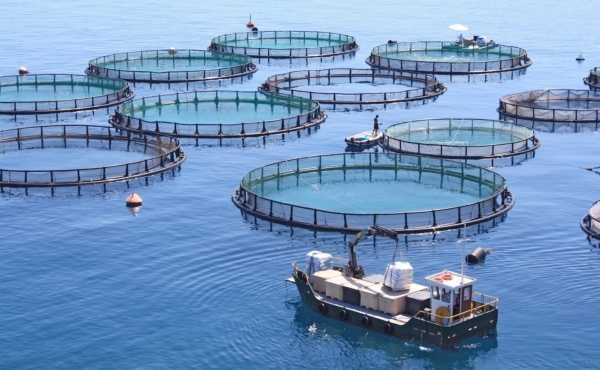
Feed Solutions
Feed Solutions
SFP’s Feed Solutions Directory brings together tools, standards, and platforms from various organizations to help reduce risks and drive improvements to aquaculture feed and its ingredients.
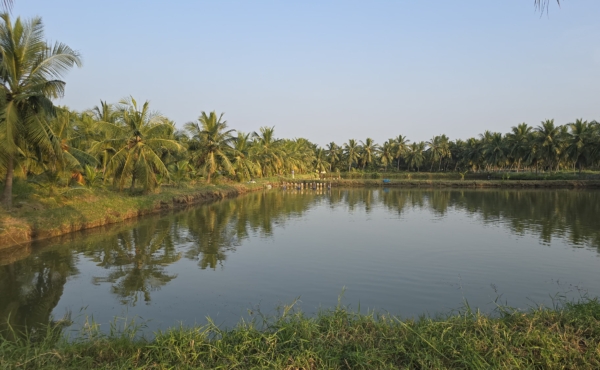
Landscape Approach
Landscape Approach
The landscape approach to aquaculture management focuses on multi-stakeholder collaboration to advance shared sustainability goals and build resilience at scale.
Ensure a sustainable future for aquaculture
Learn more about how you can support ecosystem-based aquaculture management.
Highlights
-
Reducing the Climate Change and Environmental Risks in Aquaculture Feed
A guide to taking actions on the impacts of aquaculture feed and the questions you should be asking of the supply chain. -
How Coastal Shrimp Farming Can Support Mangrove Regeneration
An SFP briefing for buyers and suppliers of farmed shrimp. -
Shrimp farming in Andhra Pradesh: Understanding and protecting habitat – Opportunities for landscape-level improvements
A series of blogs about our work on ecosystem aquaculture in India.

